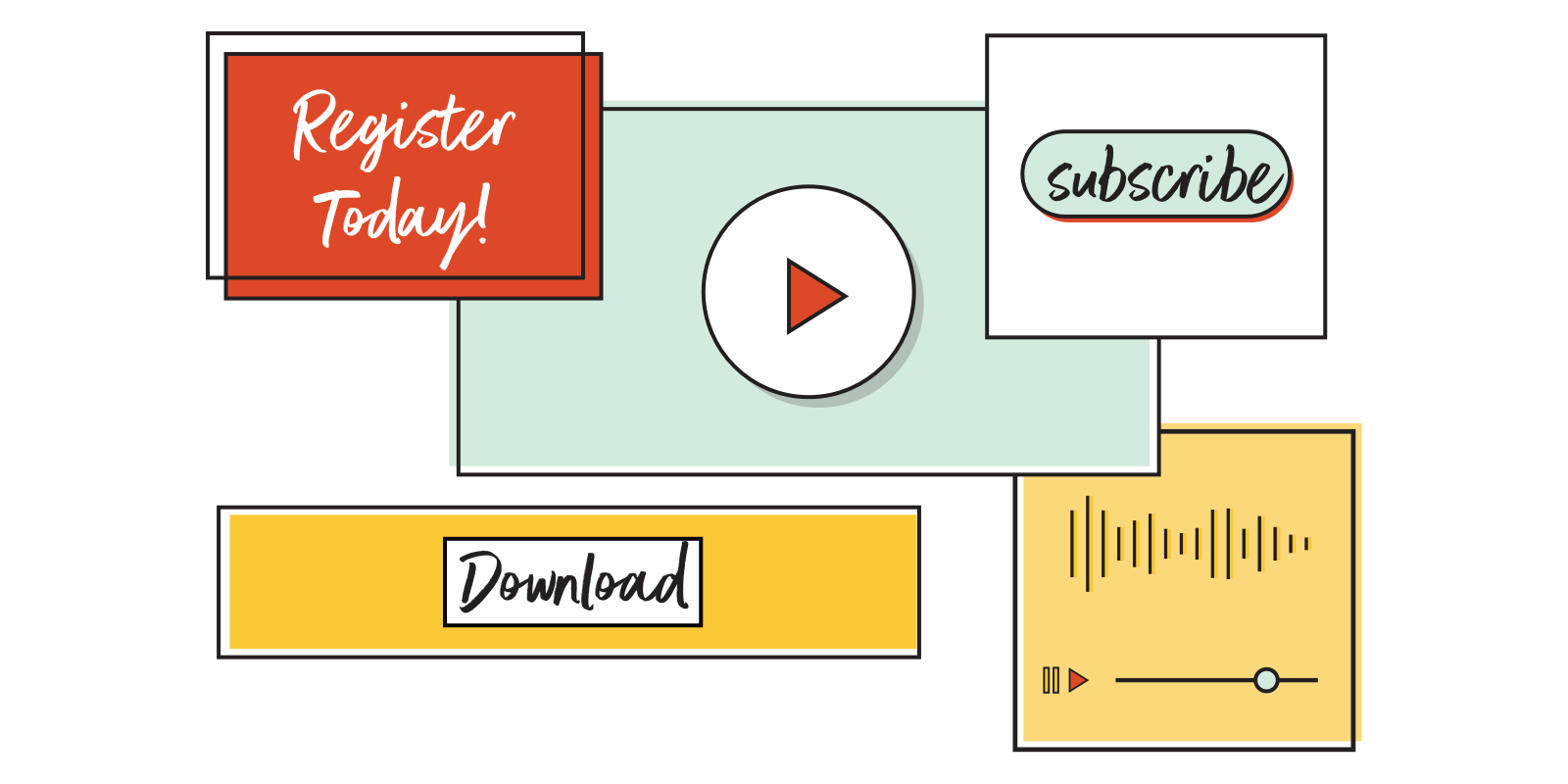At LCG we talk a lot about how to use social media to effectively connect with the many stakeholders in the education and e-learning industries. But knowing exactly how to engage authentically with your audience can be challenging. Reaching administrators, educators, and parents through social media requires a nuanced, personalized, and— we’ll say it again— authentic approach. In this three-part blog series, we’re sharing resources and strategies for connecting with different audiences within the education sector. Let’s get started by diving into some ways you can begin to engage education administrators.
Actually finding K-12 administrators may not be as simple as you think; they can carry a variety of titles. Many of the clients we work with specifically like to target superintendents, assistant superintendents, chief academic officers, curriculum directors, or technology directors at the district level. Whatever their specific titles are, we can guarantee that of all of the stakeholders in education, administrators tend to be the hardest group to find and connect with. Still, they are a highly sought after group since a majority of education technology companies continuously target them. Once you find administrators, how do you stand out from all of the other edtech companies attempting to reach them? And more importantly, how do you ensure that you’re not bothering them? The answer lies in creating value.
Develop a Content Marketing Strategy
Instead of reaching out with a direct sales ask to administrators, provide them with a useful resource that’s extremely timely to their current needs. To do this, we strongly advise you to think beyond creating just one resource and craft a strategic content marketing strategy. We know what you’re thinking: This sounds fancy and sounds like a lot of work. But know that this does not have to be incredibly hard— we believe that you can start small and be strategic. Don’t feel alone either; you’re in good company. If you’re trying to target education administrators, you are in the B2B space, and within that group, only 41% of marketers report that they have a documented content strategy.
To start, let’s quickly define what a content marketing strategy is. Content Marketing Institute defines it as “a strategic marketing approach, focused on creating and distributing valuable, relevant, and consistent content to attract and retain a clearly-defined audience - and ultimately drive profitable customer action.” The words valuable, relevant, and consistent are key to success. We believe an effective content marketing strategy can help focus your team and empower them to say “no” just as much as they say “yes” when creating content.
So how do you get started? We absolutely love the Content Marketing Institute’s three-part process, which helps you define the purpose of your content, find your target audience, and start asking why to discover your content’s unique story. You can download their free workbook to get started with this process.
Create a Variety of Content
Now that you have a sense of what a content marketing strategy is and you have a step-by-step free guide to get started, let’s expand the definition of what types of content can be included in your strategy. Above all, you need to ensure that the content types you create are the kinds of content that your target audience digests regularly. Our experience shows that education administrators tend to engage with these content types:
• Blog posts (on your site and guest blogging on websites that education administrators frequent)
• Free downloads (cheat sheets, workbooks, infographics, etc.)
Pro Tip: Any lengthy blog post you craft, consider making an easy visual to accompany it.
• White papers and ebooks
• Webinars and live online events (think Facebook and LinkedIn Lives)
• Podcasts
Make a Social Media Plan
In addition to thinking about the types of content, another decision to make is determining which social media platforms to prioritize. While this is a very nuanced answer, in general, we’d recommend that if you’re trying to reach and engage k-12 administrators organically (that means without a big paid ad budget), we recommend you focus your attention on LinkedIn, Twitter, and email. Each platform offers unique content advantages when considering creating content on the platform (or as the cool kids would say, natively). The content you can create on LinkedIn is very different from what you can create on Twitter, but it all can gain administrators’ attention if you craft high-quality resources that are valuable, relevant, and consistent.
Reach out to us on Twitter if you have any questions about crafting your content marketing strategy. We look forward to seeing your edu-awesome strategy deliver consistent value to administrators.

